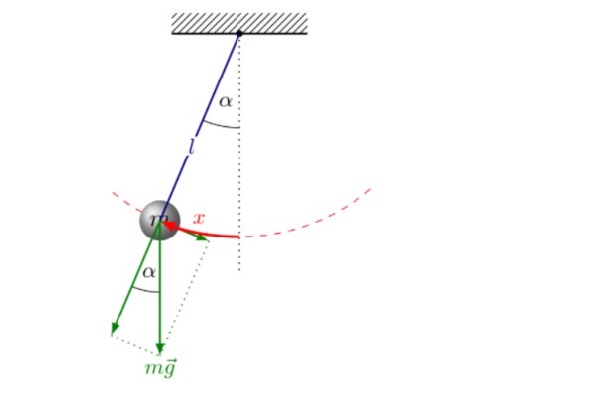
Entwining Science and Music - Concert 2
- Dr Helen Thomas
- Suitable for: All welcome
- Admission: Free
- Book now
Add this event to my calendar
Click on "Create a calendar file" and your browser will download a .ics file for this event.
Microsoft Outlook: Download the file, double-click it to open it in Outlook, then click on "Save & Close" to save it to your calendar. If that doesn't work go into Outlook, click on the File tab, then on Open & Export, then Open Calendar. Select your .ics file then click on "Save & Close".
Google Calendar: download the file, then go into your calendar. On the left where it says "Other calendars" click on the arrow icon and then click on Import calendar. Click on Browse and select the .ics file, then click on Import.
Apple Calendar: The file may open automatically with an option to save it to your calendar. If not, download the file, then you can either drag it to Calendar or import the file by going to File >Import > Import and choosing the .ics file.
Entwining Science and Music - Concert 2
Knighton/Rempe-Gillen Pendula
Sargen/Grunder Geiger
Join here:
https://liverpool-ac-uk.zoom.us/j/99474217473?pwd=V0dNZldobjhpUWRzaE1EWVRJWDIxZz09
Passcode: 4jFcH=.L
Dynamical Systems: Pendula (5'48")
Composer: Simon Knighton, RNCM
Scientist: Professor Lasse Rempe-Gillen, Professor of Pure Mathematics, The University of Liverpool
An example of a dynamical system is a pendulum. The piece uses electronic production techniques and surround sound to create the ‘illusion’ that the ensemble is swinging around the audience. This is achieved by using a pre-recorded sample of the ensemble, which seamlessly overlaps with the live acoustic ensemble, and then starts to swing around the audience. A key feature of dynamical systems is that at a certain point they can become chaotic if certain conditions arise, and so, the climax of the piece uses pendulum motion that moves so fast that the sound becomes an unrecognisable, randomised blur of chaos.
Further information at https://www.rncm.ac.uk/research/research-centres-rncm/prism/prism-blog/prism-8-cubed/pendula/
Geiger (5'37")
Composer: Ellen Sargen, RNCM
Scientist: Dr Yvonne Grunder, Royal Society University Research Fellow, The University of Liverpool
This project really took off when Ellen went to visit Yvonne at the Diamond Synchrotron in Didcot, Oxfordshire in early January. A synchrotron is a Wembley-sized electron accelerator and allows Yvonne to study changes in the atomic surfaces of metals when they interact with other substances.
Back in Manchester, Ellen had a workshop with RNCM Performance students Tas Noguchi (saxophone) and Maria Rocha (guitar). They worked on textures that imitated the atomic interaction in Yvonne’s experiments, exploring chaotic structures that became regimented over time. However, none of this material made it into the final piece, which instead became focused around something that happened at the end of the workshop. Inspired by the thrill of working in the Diamond, Ellen had been listening to a lot of Geiger counter samples. She played an example to Tas and Maria and asked what they would do if they were asked to imitate it. The final piece is based around the sounds that Tas and Maria produced in response to this.
Ellen took a field recording of this moment, slowed this down with audio editing software and orchestrated the resultant sound file. With editing, the resultant textures were perfect for the chaotic atoms that she was originally trying to imitate and yet puts the musicians at the heart of the piece.
Further information at https://www.rncm.ac.uk/research/research-centres-rncm/prism/prism-blog/prism-8-cubed/geiger/
